The story about PLATO is not only interesting, but it will also teach you a lesson or two. It explains the fate of great ideas that are not in sync with the times and how large, well-established companies can make bigger mistakes than they can afford.
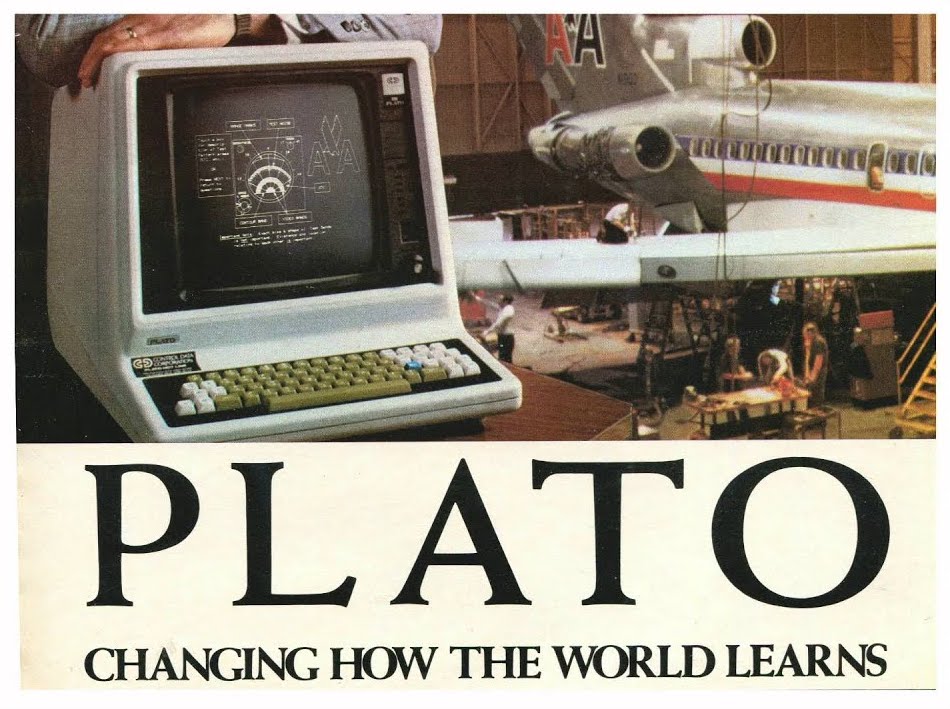
In January 1980, I started as a sales trainee in the Danish subsidiary of Control Data Corporation (CDC). At that time, the company had a staff of around 65,000 employees worldwide and earned tons of money. My job was to sell big mainframes at prices that started at a million dollars. From our price lists, that filled two red binders, I remember that the gross margin was on average over 90 per cent. The 1980s were in all respects a golden era in the IT industry.
During the trainee-program, which lasted two years and started with a 3-week new hire training at the head office in Minneapolis, I was introduced to the PLATO system, which Brian Dear’s book The Friendly Orange Glow deals with in great detail. In fact, in Denmark, we succeeded in selling a PLATO system to Aarhus University a few years later. I’ll tell you why that never became successful later in the post.
When big companies blunder
The story about PLATO is not only interesting, but it will also teach you a lesson or two. It explains the fate of great ideas that are not in sync with the times and how large, well-established companies can make bigger mistakes than they can afford.

When I left Control Data in the spring of 1986, the staff was reduced by half, and in 1988 the company started to withdraw completely from the computer industry through divestment. In 1992, when the staff numbered about 5,000, the company was renamed Control Data Systems to later change its name to Ceridian. CDC, which since 1957 as an offshoot of military research during World War II and with Seymour Cray as chief engineer, had developed and produced the world’s most powerful computers, ceased to exist. 65,000 people were either fired or had found other employment themselves.
Control Data was by no means the only computer company that suffered a sad fate in the late 1980s and early 1990s. Names like Digital Equipment Corporation, Norsk Data, Olivetti, Prime Computers, Regnecentralen, Nixdorf, Danish Data Electronics (DDE), Data General, Wang, Nixdorf, ICL and many others were riding the big waves in the 1980s and drowned in the 1990s. Even IBM, who was internally perceived as untouchable, had to report some of history’s largest deficits in the early 1990s and reduce staff by over 100,000 people.
PLATO – great idea
PLATO, an acronym for Programmed Logic for Automatic Teaching Operations, was developed at the University of Illinois Computer-based Education Research Laboratory (CERL) starting in the 1960s. The project was largely sponsored by US tax dollars via The National Science Foundation.
On paper, PLATO was a system for developing and delivering training or education via computer terminals. At CERL, however, it would turn out to become much more than that. Many of the concepts we know today from the Internet such as social media, message boards, online testing, e-mail, chat rooms, image processing, instant messaging, remote screen sharing and real-time multiplayer games saw the light of day at PLATO. The terminals that CERL itself developed and produced had a touch sensitive plasma screen (the friendly orange glow) with a resolution of 512 * 512 pixels and was far ahead of its time.
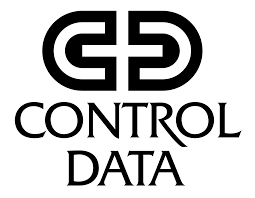
Control Data entered the picture in the mid-1960s when the university needed more computer capacity. Bids from various vendors were called for and Control Data offered their CDC-1604, which at that time was the world’s most powerful computer. The price was $995,000. IBM offered their 7090 at a price of $1,900,000, but when they heard that they would probably not be selected, they lowered the price to $200,000. After three rounds of bidding, CDC was awarded the order and got its $995,000. At that time, different computing systems were not compatible, and once the software development had started on a platform, it could not be moved to another without much effort (time and money). Consequently, it was Control Data that delivered the additional hardware as PLATO grew and was installed at other universities and in private enterprises, primarily in the US but also abroad.
Control Data believed and invested in PLATO
In 1976, Control Data entered into a license agreement with CERL, under which the company could develop its own version of the system and sell it globally on normal commercial terms. Control Data also invested in the development of courseware, which in many areas competed with the activities in which CERL was engaged. What should have been a close co-operation and symbiotic partnership, instead drove CERL and CDC apart.
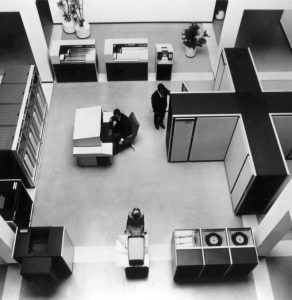
As mentioned, PLATO was based on mainframes from CDC, which meant that a system was priced from at least a million dollars. On top of this came the terminals, which even after Control Data had developed a new model cost about 10,000 dollars a piece.
You could also subscribe to PLATO. It required a fixed phone line costing $2,000 per month, plus the terminal (which you could rent), plus course fees or payment for system resources.
While Control Data was trying to identify the markets that were ready to pay the huge cost of the system, the IT-industry was headed in a completely different direction. This different path could be difficult to see when the money from the established customer base kept pouring in.
As Brian Dear describes in the book, Control Data tried to sell PLATO to countries with solid sources of revenue, but a substantial educational backlog. These were countries like Saudi Arabia, Iran, the Soviet Union, South Africa and Venezuela. The interest was huge, and delegations were sent on study trips back and forth, but it never came down to solid business.
PLATO in Denmark
In the early 1980s, the market for mainframes in Denmark was largely consolidated among the leading suppliers. Although Control Data actually had a relatively large market share domestically, IBM with around 5,000 employees in the Danish departments was the undisputed market leader. For the six years I worked for Control Data, we only had one new mainframe customer, the Ministry of Fisheries, who bought a used Cyber. Mainframe customers never changed supplier and new customers preferred other technologies.

I saw PLATO as an opportunity to knock on the doors and get talk time with all the big companies and institutions. It also proved quite easy to get appointments with the people who were responsible for training and education. When the IT department got involved, the interest immediately cooled off. It was unlikely that a company or institution that had a supplier other than Control Data (and it had the vast majority) would let us in. “Come back when your software can run on our hardware” was the message. In the 1980s, CIOs were kings who could block everything.
The Association of Danish Manufacturers, of which we were a member, showed great interest in PLATO and together with the Danish Metalworkers’ Union and their Vocational School in Ballerup, I organized one of several field trips to the US. When the Computer Centre at Aarhus University (RECAU) was to renew their Control Data installation, we bundled a PLATO system into the deal. They, in turn, should set up a business unit to serve the Danish educational sector. The system was installed in the mid-1980s but never became successful.
It was still very expensive to use PLATO and the development of courseware was extremely time-consuming. The Danish market was in most areas too small for the system. In addition, the Ministry of Education preferred Danish suppliers such as the Regnecentralen, on whose hardware PLATO could not run. Finally, many in the Danish educational system were afraid of computers. There was a great distrust in the suppliers (especially those with headquarters in the US). Teachers were convinced that we were dedicated to replacing them with computers and that we would flood Denmark with foreign-made educational materials.
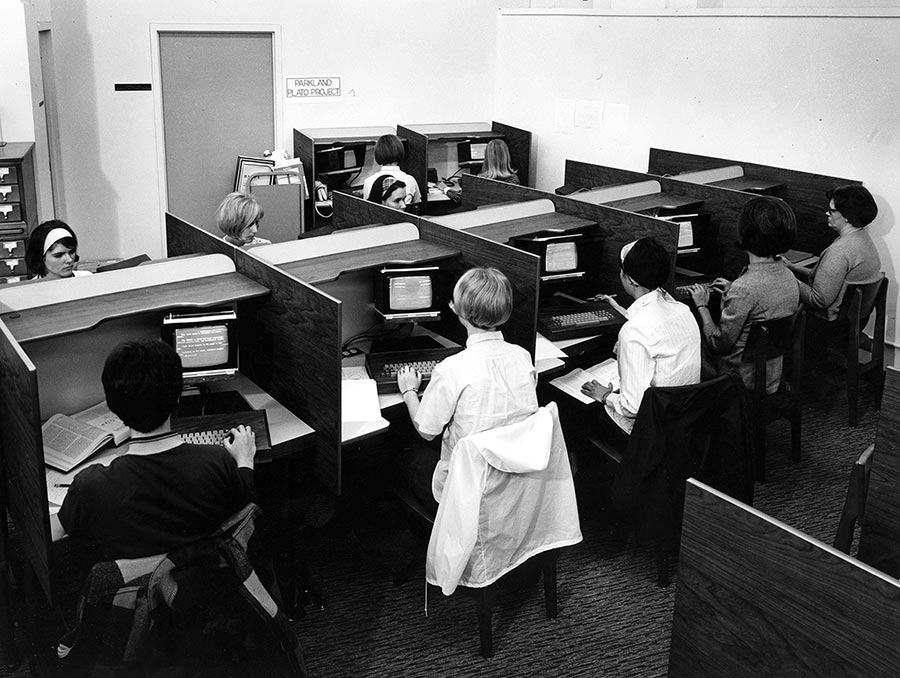
I remember the Danish educational sector as being technology-scared and very conservative. After holding teaching positions at the University of Copenhagen and at the Social College (education of social workers), I knew that a large part of the curriculum could benefit from being delivered by computers. You would then get more time for discussions in the teacher-driven sessions. Not many people shared that mindset. In the 1980s, the teachers’ response to computer-aided education was more marked by fear than by curiosity.
In Denmark, PLATO was first and foremost overtaken by the PCs, which equipped with diskettes and CD-ROM did not need to be connected via expensive telephone lines to an even more expensive mainframe. As VHS players fell in price, teaching material was delivered on cheap video cassettes. In fact, it has turned out that e-learning would largely become video footage of talking heads. PLATO had visions of far more than that!
The most successful e-learning platform of the 1980s was developed by Michael Allen after he purchased the rights from Control Data for $400,000. He formed the Authorware company and developed the product Course of Action that ran on Apple Macintosh. The company merged with MacroMind in the early 1990s and became Macromedia, which after its listing reached a market value of $1.5 billion.
Games and social media
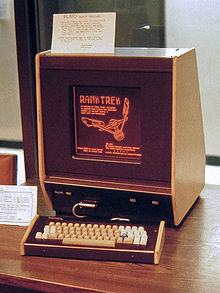
It is only now when reading Brian Dear’s book that I realize that PLATO was much more than computer-aided teaching. Control Data never understood the community facilitator role that the system played in university circles and especially at CERL. Although I and my colleague, Peer Hjorth Lorentzen, worked intensively for some years to demonstrate the system, we did not have our own terminals. A special PLATO room was set up at the Control Data offices in Copenhagen, where a single terminal was connected to CDC’s European PLATO Centre in Brussels. At no point in time during my tenure at Control Data did I have a terminal in my office. Computers were something we sold, not something we used. Internally, we communicated via ink and paper, and if we were to speak to overseas colleagues, we used telex. All this despite the fact that we developed and produced the world’s fastest computers. Many of the concepts that have formed the basis of some of today’s greatest companies ran on PLATO and lay just under our nose, but we couldn’t see them.
It was people like Ray Ozzie, Tim Halvorsen and Len Kawell who, with roots in the PLATO environment, later developed Lotus Notes, which IBM bought for $5.52 billion in 1995. Notes that included email, calendar, meeting booking, address book, document sharing, online forums and application development would have been perfect for Control Data’s target audience. However, tied to a single vendor’s mainframe platform it would not have gained any widespread deployment. Lotus Notes hit the market at the same time as Microsoft made Windows on the PC platform the preferred infrastructure of all companies and the Internet opened the gates for cheap data communication.
The really big mistakes

Control Data was probably one of the companies that in the 1980s missed most of the big waves in the IT industry. The company was, in essence, a mainframe shop. The necessary system software was developed, but it was the customers or software houses that developed the applications. The customers acquired the systems because they needed the most computer capacity per dollar that they could get. The customers were those companies and institutions in the world who needed and could pay for the most computing power. Universities, research labs, meteorological institutes, development labs and the military were frequent customers of Control Data. Customers were increasingly demanding faster computers, and Control Data was busy delivering just that. Therefore, the appearance of the minicomputer was ignored. It was not the type of computers their customers wanted. But it turned out that the customers’ customers were interested, and when they had acquired a minicomputer, they no longer had such a great need for the central mainframes. Control Data’s customers lost customers and that affected the demand. The company was the victim of what Clayton Christensen describes in his book The Innovator’s Dilemma (When New Technologies Cause Great Firms to Fail).
Instead, the company created the Cybernet, where one could rent and use computer power and applications (especially technical) as needed. But as the minicomputers and later the PC won hearts and minds, all the software developers went there and the interest in Control Data’s mainframe-based solutions fell like a rock.
Problems often start at the top
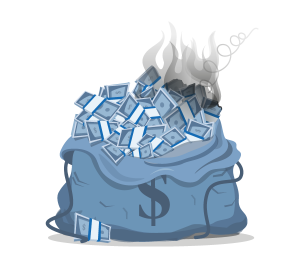
As Brian Dear rightly points out, the company’s huge blunders must also be attributed to chief executive Bill Norris and his successors. From my chair as a salesman and later sales manager in the Danish subsidiary, it soon became clear that we lacked competitive products to win against the minicomputers and later the PC wave. When we expressed our distress, we were told that we were selling wrongly, and then we were sent on sales training. Sales training is great, especially when it is delivered in Hawaii, in Southern France, in London, on Bornholm or at Newport Beach, but it cannot compensate for outdated products. Instead, we started developing solutions based on products that we sourced locally. This allowed us to maintain revenue, earnings and employment but meant a substantially reduced cash flow to the parent company. At a 100% Club in 1985, I remember that my Norwegian colleague joked that in Control Data, product management was located in the countries, while sales management had moved to the headquarters. It was a poisonous cocktail and probably the one that cost the company its life. When the chief executive was afraid of flying and did not want to listen to the soldiers, then his perception of the world soon became very different from ours. Without support from the trenches, no company lasts long.
I left Control Data in 1986 in favour of a startup (Dataco). It was like going from hell to paradise. Control Data Denmark was a fantastic place to work with talented managers and dedicated staff, but the parent company in Minneapolis was hopelessly out of tune with the times and sometimes oblivious to the fact that there is a world outside the United States. If you want to read more about the development in the IT industry, I can warmly recommend (!) my book 5,460 Miles from Silicon Valley.
The Friendly Orange Glow: The Untold Story of the Rise of Cyberculture

Title: The Friendly Orange Glow: The Untold Story of the Rise of Cyberculture.
Author: Brian Dear
Publisher: Vintage
Date of publishing: October 2, 2018
Number of pages: 640
Prices: USD 8-10
Reviews: There are many good and rich reviews on Amazon and Goodreads.
